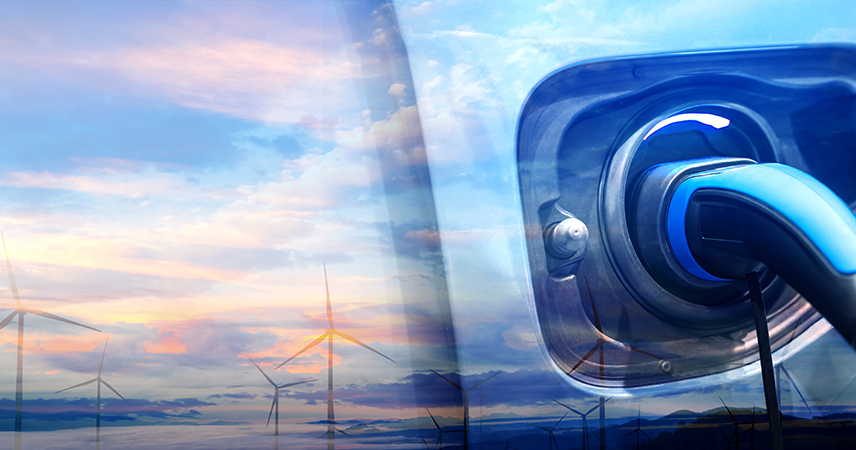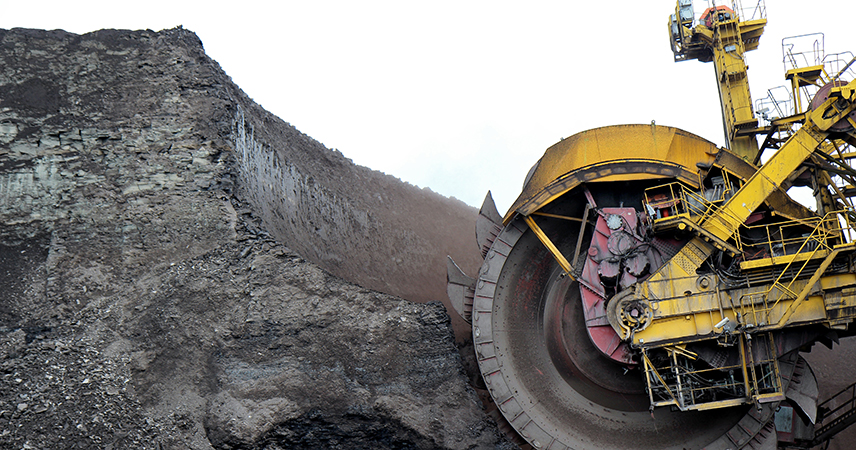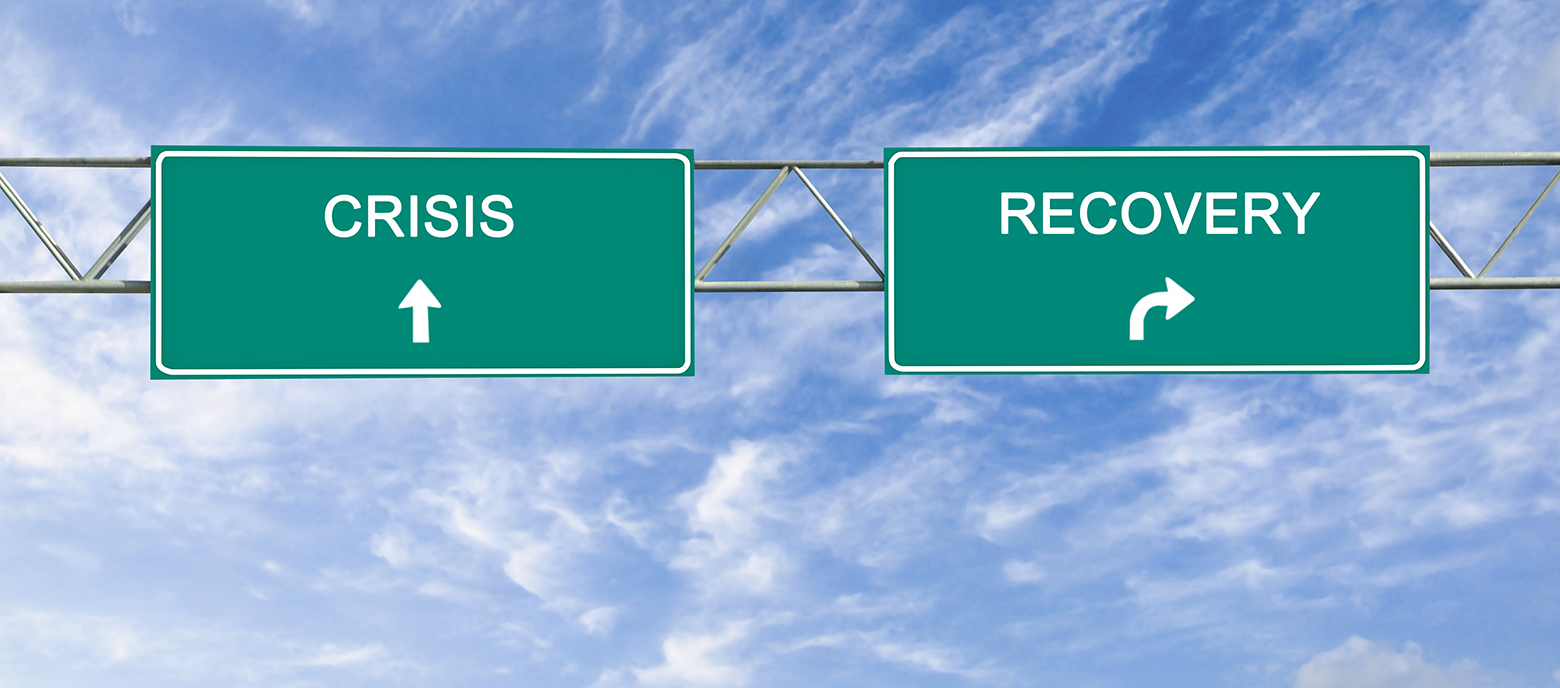Interview
“The direction of travel is clear”
Many political leaders are talking about a green recovery. Do you think they really mean it?
I actually do think they are serious about it. Because it is quite simple: We have less than 30 years to reduce our greenhouse gases practically to zero. That means we have a tremendous challenge ahead of us. And the term “green recovery” is in fact reminding us that we have very little room to play with and cannot afford to take our eyes off the net-zero target. That is increasingly understood. The recent floods in Germany and other places in Europe have again underscored and emphasized the need to act.
“The term “green recovery” reminds us: we cannot take our eyes off the net-zero target.”
Are we talking about a real turning point or is the pandemic merely accelerating a development that had already begun before?
The climate crisis was well perceived before, but COVID-19 has increased the political resolve. Going through the pandemic, people and politicians realize that we need to get better at dealing with these sorts of high impact events. Climate change can be seen as a slower version of the same crisis. So, in that sense the pandemic is accelerating things.
There is a catchphrase saying we should not waste a crisis. Would you agree with that?
Definitely, although we are in the middle of a health crisis it has become increasingly clear that we are also in an economic and social crisis. We need to create jobs; we need to boost economic growth. But we have to do it in a sustainable way. COVID-19 has been an opportunity to reinforce the need for green investments because, again, decarbonizing the economies of the globe is an enormous challenge that we have to master.
“COVID-19 is an opportunity to reaffirm the need for green investments, because decarbonizing the world's economies is an enormous challenge.”
Where are we exactly in this transformation process?
Let´s start with the EU whose position is very clear here. This transition is a declared goal of the European Union. It wants to reduce greenhouse gas emissions by at least 55 percent until 2030 and be climate-neutral by 2050. And the Biden administration has also brought an ambitious climate package on the table by setting the goal to cut emissions by half until 2030. And there are many others: We have now some 40 countries that signed up to the goal of net zero until 2050. Together they cover 70 percent of global emissions and 70 percent of the world´s GDP. So, the direction of travel is clear. It all depends on the speed they engage in.

The European Investment Bank is an institution that can help speed up that necessary change. What are you doing to support the transformation?
We have a transparent strategy for this purpose: In 2019 our board adopted a new mission called “EIB Group Climate Bank Roadmap 2021-2025 which says that more than half of our annual financing is dedicated to green investment by 2025, promoting for instance clean energy, sustainable mobility, greening of the industry, preserving biodiversity, reducing pollution etc.. Today we stand at 40 percent. That sums up to about 35 billion Euros investments per annum in low carbon and green assets. Our overall EIB envelope is around 70 billion Euros a year from which we spend 90 percent within the EU and 10 percent all over the world. We are a European bank, owned jointly by the EU countries. Therefore, our main focus is the EU itself where we are trying to improve Europe´s potential in terms of jobs and growth, support actions to mitigate climate change. As a last pillar of our activities we promote EU policies outside the Union. We are operating in over 150 countries.
What exactly do you promote with that money?
We are aligning with the Green Deal of the European Union. This translates into a diverse range of real investments from climate-friendly urban regeneration in Barcelona, a hydrogen train in Groningen through to supporting Croatia in exploiting its potential for renewable energy. Outside the EU, we are also active, promoting public transport in a number of Indian cities, the climate-sound rebuilt of water infrastructure in Mozambique or a solar plant in Uzbekistan. Our engagement is quite diverse, but the largest portion goes to energy and mobility.

Who defines what is really “green” and who checks that?
We are moving to apply the EU taxonomy for sustainable activities. This is a classification pattern that defines according to fixed criteria what is considered to be green. The taxonomy will help us to track our green lending target and monitor our portfolio. The EU taxonomy will set clear and common standards for everyone. It will also help to attract private money by deepening the internal capital market, and help avoid ‘’greenwashing’’ through a lack of clarity on what should be classified as climate-friendly investment. The Commission has now adopted the first Climate Delegate Act including detailed criteria. Once adopted by the EU, it will create a much more reliable and transparent set of criteria for green investments.
You mentioned 50 percent green projects within EIB until 2025, what about the other 50 percent?
The other half is not directly aligned to green activities, usually because the nature of the matter is different. Take for instance digital projects, programmes to increase social cohesion, strengthening public policies. They are not easily subsumed under the heading “climate protection” That´s why they are not counted here. But we have one very important condition: Anything belonging to the other half cannot undermine long-term climate goals.
From your point of view, what are some of the major obstacles to getting greener?
The weakness of public administrations to me is the biggest hurdle. In many countries they do not function well or quickly enough or both. The International Energy Agency tells us we have to multiply our efforts, quadruple for instance the amount of solar and wind power globally and have 60 percent of the car fleet electric by 2030. The liquidity is there, the political will is there. Some difficult decisions are still to be made, like rolling back fossil fuel subsidies and so on but broadly I see the political elements in place. What is really lacking is the capacity to roll out and develop investment programmes, plans, frameworks, create good regulatory environments et cetera. I think green recovery stimulus packages are a real opportunity here. Because programmes that are designed now and are successful can be replicated and help to make more scale that we need so urgently.

Many developing countries still work on both sides - they invest in renewable energy but also in fossil energy like coal. Are they on track in terms of pushing green development?
It is true that many countries work on both sides but we see big changes here under way, especially given the changing economics of renewables. I do not see how that could be held back. Even if countries continue to run coal power plants for some time, the numbers of operating hours will decline quickly, and eventually the cheaper alternatives will prevail.
What are some of your highlight projects outside the EU?
I am fond of what we do in Mozambique because after cyclone “Idai” struck in 2019 we helped and help to rebuild important infrastructure and that way contribute to making the country more resilient towards future storms. The solar plant in Uzbekistan is also quite interesting, even if it is small, because it is a model which can easily be scaled up to help transform national electricity production. We are paving the way, if you wish. And then of course there is the City Climate Finance Gap Fund that helps cities around the world in climate action projects. Cities are usually underfinanced as it is and particularly when it comes to making them climate-sound. This is where the Fund comes in.
What can implementing agencies like GIZ do to spur this green recovery and to help countries approaching the net zero target?
Reaching net zero is a global challenge, with huge investment needs. As EIB, we are keen to partner where we can to help leverage investment. GIZ is a crucial partner – it has a fantastic network; that is something we as EIB can only benefit from. GIZ experience and expertise on the ground is critical in being able to develop a pipeline of projects. So, I am pretty sure the cooperation between EIB and GIZ will intensify in the future. And of course, on a bilateral basis GIZ can advise partner countries in setting up the right frameworks and building capacities for green programmes and investments.
TOWARDS GREEN CITIES
The European Investment Bank (EIB) and GIZ are cooperating on a number of projects, particularly around climate-friendly cities. Accounting for about 70 percent of global CO2 emissions, cities are key to creating a climate-smart future. To develop and finance solutions for cities GIZ was commissioned to establish FELICITY - Financing Energy for Low-carbon Investment. It provides services and capacity development tailored to the needs of municipalities and financial intermediaries in Brazil, Mexico, Ecuador and Indonesia. FELICITY supports for instance a sewer and stormwater network in Ecuador or energy efficient and solar-powered schools in Porto Alegre, Brazil. The City Climate Finance Gap Fund follows a similar approach supporting municipalities in bridging the project preparation gap to achieve low carbon, climate resilient urban development. That involves, for instance, investments in sustainable mobility, green spaces, energy efficient buildings as well as waste and water management. The initiative is jointly implemented by GIZ, EIB and the World Bank.
July 2021
